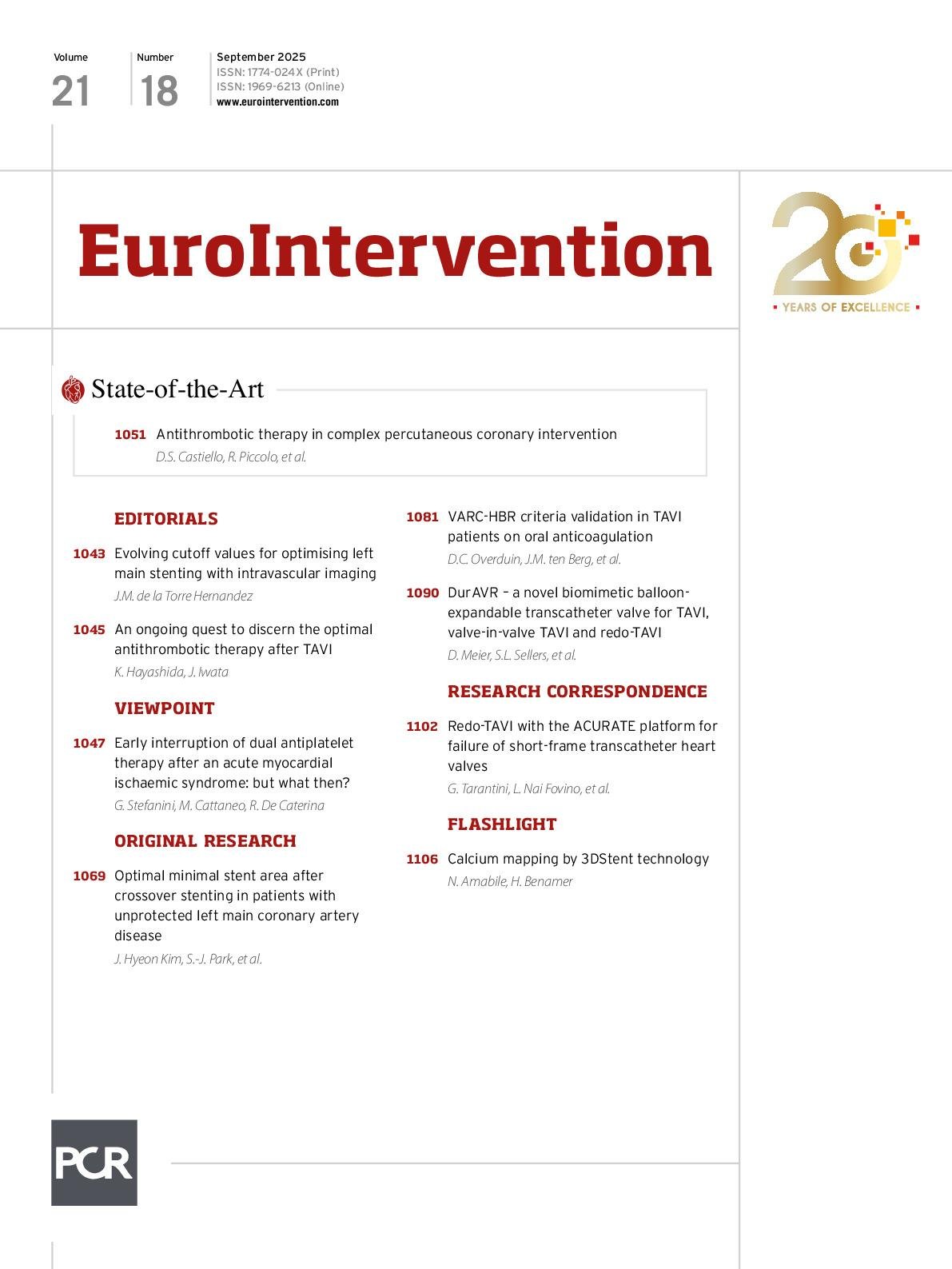Patients after an acute myocardial ischaemic syndrome1 (AMIS; formerly known as acute coronary syndrome [ACS]) are ideally treated with percutaneous coronary intervention (PCI) and drug-eluting stent (DES) implantation, which require the rapid introduction of dual antiplatelet therapy (DAPT; usually with aspirin plus prasugrel or ticagrelor − two P2Y12 inhibitors with more favourable pharmacokinetics than clopidogrel), traditionally for up to 12 months12. The most recent European Society of Cardiology (ESC)1 and American College of Cardiology/American Heart Association (ACC/AHA)3 guidelines suggest the subsequent discontinuation of the P2Y12 inhibitor to continue aspirin lifelong for most patients (“default strategy”). While the need for DAPT early on in this setting became clear after the completion of pivotal trials34, its optimal duration has never been crystal clear, and the traditional 12-month duration has been challenged by new evidence. The rapid decline in ischaemic risk after AMIS in most patients who are now properly treated with optimal medical therapy, including extensive use of cholesterol-lowering agents, and the decreased incidence of stent thrombosis with less thrombogenic DES, along with increased awareness...
Sign up for free!
Join us for free and access thousands of articles from EuroIntervention, as well as presentations, videos, cases from PCRonline.com

